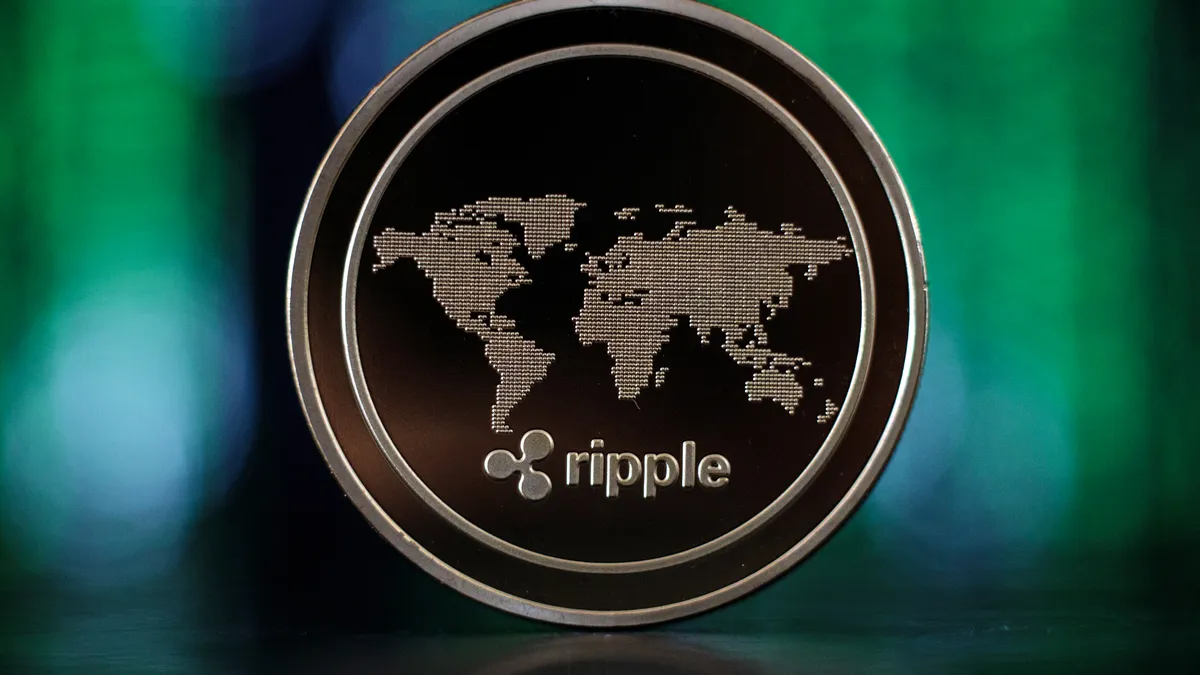The Federal Reserve’s speedy FedNow payments system cost about $246 million to operate this year, and required about $100 million for development in 2023, according to a report from the central bank.
FedNow’s annual expense is expected to remain steady next year as the Fed continues to encourage banks to sign up for the system, which was launched last year and has so far attracted about 1,000 of the 9,100 U.S. financial institutions.
While payments in the U.S. often take days to settle, FedNow can complete a transaction in seconds.
“In 2025, the Reserve Banks project total operating expenses to be $245.5 million, which will be an increase of $0.6 million or 0.2 percent from the 2024 forecast,” the report posted in the Federal Register last month said.
The Federal Reserve has previously declined to provide information about the cost of the nascent payment system, which was launched in July 2023 after years of development and discussions with industry participants. It disclosed the report in a press release on Nov. 22.
Jim Angel, a Georgetown University professor who previously served on a U.S. faster payments task force, says the expense of FedNow is warranted, given the toll that slower payments take on consumers, especially low-income individuals, and the broader U.S. economy. He estimates a 1% to 3% drag on the economy due to inefficient payments.
“It's certainly worth it,” Angel said in an interview Wednesday, noting it’s a 24-7 system with multiple layers of redundancy built into the system as safeguards. Slower payments are “a huge tax on every economic transaction that we make.”
U.S. banks and their customers have been slow to catch onto the faster payment trend while other countries, including India and Brazil, have made more progress, partly by government mandate. The U.S. is a “laggard” when it comes to implementing these faster payments, Angel said.
The annual FedNow cost is a significant figure because the central bank is generally expected to recover the costs of such new services within about 10 years, and that appears to be its plan in this case, according to the pricing report. Still, it’s trying to keep expectations in check.
“Broad adoption of the FedNow Service across an industry with more than 9,000 financial institutions will be a gradual journey, similar to other new payment services like FedACH in the 1970s and 1980s,” the report said. “The Board anticipates acceleration in volume over time as more financial institutions join the network and as the Reserve Banks release new service features on an ongoing basis.”
The central bank also made statistics for FedNow’s payments volume public for the first time last month, offering quarterly statistics on the number of total settled payments and their value as well as the average daily volume and the average amount of daily settled transactions.
The value of payments settled on FedNow during the third quarter of this year surged to $17.5 billion, from $492.3 million during the second quarter, according to the statistics. That occurred as the number of settled payments during the third quarter more than doubled to 336,487, compared to the second quarter, but the average value of the payments skyrocketed to $190.12 million for the third quarter, compared to $5.4 million during the second quarter.
The FedNow quarterly volume figures, which were released without fanfare, aren’t the kind of results the Fed would necessarily crow about, said Peter Tapling, an industry consultant, but the jump in the average dollar amount of transactions in the latest quarter got his attention.
”What we’re seeing is there is some smaller amount of transactions that are being sent for very, very large dollar amounts,” Tapling said in an interview Tuesday. He suspects that means some large companies, or government entities, have started using FedNow.
Based on the recently released volume statistics, Angel noted FedNow would have to handle about 5.4 billion transactions per year at its current price of about 4.5 cents to cover the $245 million annual cost. That seems “doable” to him, based on a general benchmark of about 16 transactions per person per year, assuming a U.S. population of about 330 million.
It’s also on par with the slower ACH payments system currently handling about 30 billion debit and credit transactions per year, he said.
“The real question is why is it taking so long to wire up all the banks, especially the big banks,” Angel said. “Until they get everyone wired, it’s not going to go anywhere.”
Some of the largest banks in the country, including Bank of America, Citigroup and Capital One, have yet to join FedNow, according to a list of participants.
Tapling also noted that many of the banks that have signed up are only receiving payments and not sending them. To develop a strong network, there need to be lots of senders as well as receivers, he said.
Some of the banks that haven’t signed up are still offering instant payments by way of a rival private sector system, the RTP network. That system was launched in 2017 by The Clearing House, which is owned by some of the biggest U.S. banks. FedNow and RTP have similar pricing for their services.
























